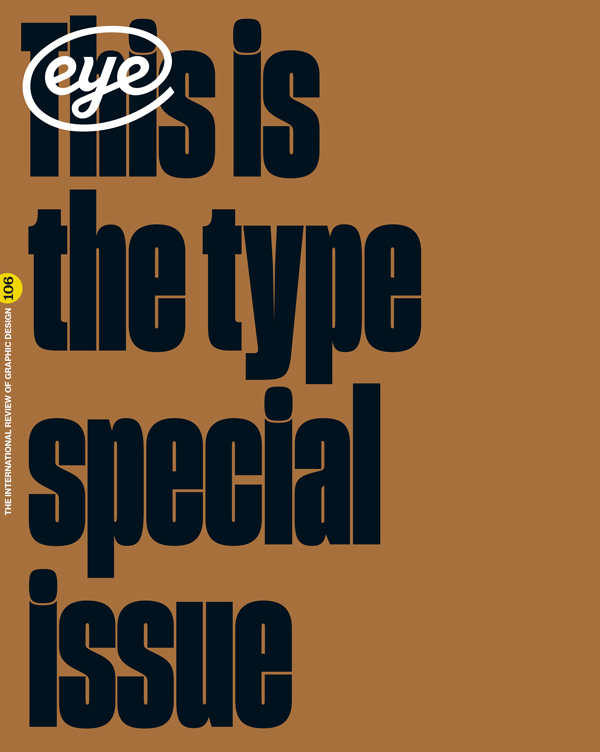Summer 2024
Putting the stories together
Mid-Century Type
By David Jury. Merrell, £40. Designed by Nicola Bailey.
Please don’t be misled by the title of David Jury’s book Mid-Century Type. It is not really just about type design in the 1950s, but rather a wide-ranging attempt to chart the graphic design landscape between the end of the Second World War in 1945 until the late 1960s, largely through the perspective of type and typography. Jury has done that difficult task of writing a join-the-dots narrative history that is international in scope, wears its scholarship lightly and has a strong selection of images of the design work under discussion.
At a time when (very good) books are published about the history of a single typeface, or are polemics about the relationship between graphic design and capitalism, Jury’s approach is refreshingly traditional: this is an overview of a period where we may know parts of the story but maybe don’t appreciate the overall context and connections. This is a period of print (people are designing letterheads that will be sent in the post), but also the time when graphic design emerged as an independent job. Now you didn’t have to work for a printer, you could be a freelancer, although as Jury points out, in the early 1960s a typographer was mostly still drawing up specifications for the typesetter and ‘never came into physical contact with the type.’
Overall, Jury’s story is about the rise of Modernism as reflected in graphic design. He puts it in the context of changing technologies – from metal type to photosetting and Letraset, from letterpress to litho – and in changing economics, including the rise of the United States, manufacturing and the advertising industry.
Given the scope of the period this is inevitably a rapid tour featuring many of the familiar figures …
Simon Esterson, art director, Eye, London
Read the full version in Eye no. 106 vol. 27, 2024

Eye is the world’s most beautiful and collectable graphic design journal, published for professional designers, students and anyone interested in critical, informed writing about graphic design and visual culture. It is available from all good design bookshops and online at the Eye shop, where you can buy subscriptions and single issues.

